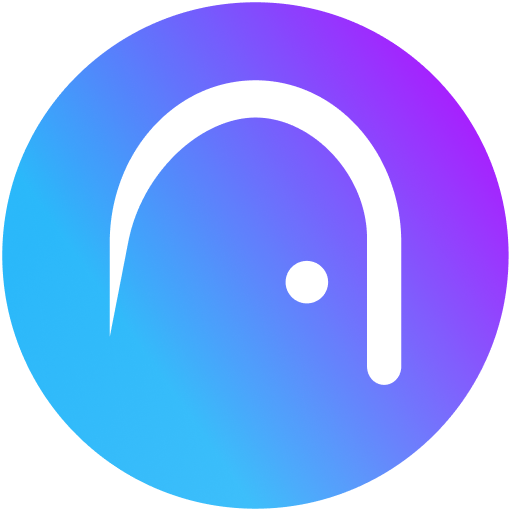The global healthcare system is currently at the highest level possible in human history. Patients can now receive treatment for ailments that were previously considered untreatable. Despite the progress made, medical records are still kept in silos. While national databases exist in some countries, such cannot be said of others. NFTs help create a globally-viable solution that simplifies access to medical records, thus, improving healthcare.
TL;DR
- Most medical centers maintain central databases which are used to track patients’ medical records. These databases are mostly confined to individual health institutions.
- Dynamic NFTs help simplify access to patient’s medical records as they constantly update based on patients’ latest health status and treatment
- NFT makes it possible for patients to seamlessly access medical treatment anywhere in the world.
Siloed Medical Information
Health information is largely classified as confidential in the health profession. This is because patients’ data are categorized as a doctor-patient privilege. For this reason, most healthcare facilities keep medical records and other sensitive patient information private.
While this is good for safety purposes, it creates a barrier when a patient seeks medical care at a different hospital or in a new country. Medical practitioners have to request for series of documents stating the kind of regime and prescription that a patient is on.
This process could prove long and costly in places like Africa where proper medical data is somewhat lacking or poorly classified. Hence, the need for a more efficient system that simplifies access to quality healthcare in no time.
Also read: How stock photographers can leverage NFT
Dynamic NFT as a viable Solution
Dynamic NFT offers a way to properly keep medical records and create accessibility. Due to the nature of dynamic NFT, it is possible to maintain patient records and update medical information in a progressive manner. We have written a piece on dynamic NFTs to help you understand what it means.
Dynamic NFT will serve as a hub where all information pertaining to the medical record of a patient is stored. This record can be updated to reveal the kind of ailment a patient has, as well as the type of treatment they are undergoing. It could also contain prescription medication, the scheduled dates of medical check-ups, and other vital health-related information.
This information makes it possible for medical practitioners to know the state of a patient’s health when they seek treatment at other locations. Thus, the margin for error in health administration is reduced.
Bottom Line
NFTs have shifted from their initial conception as overvalued JPEGs. Today, the technology behind their emergence has proven to be useful across multiple sectors and industries. NFTs are unique, and they can be used to represent objects and items of value on the blockchain. This uniqueness makes them prime for adoption in the global health industry.


